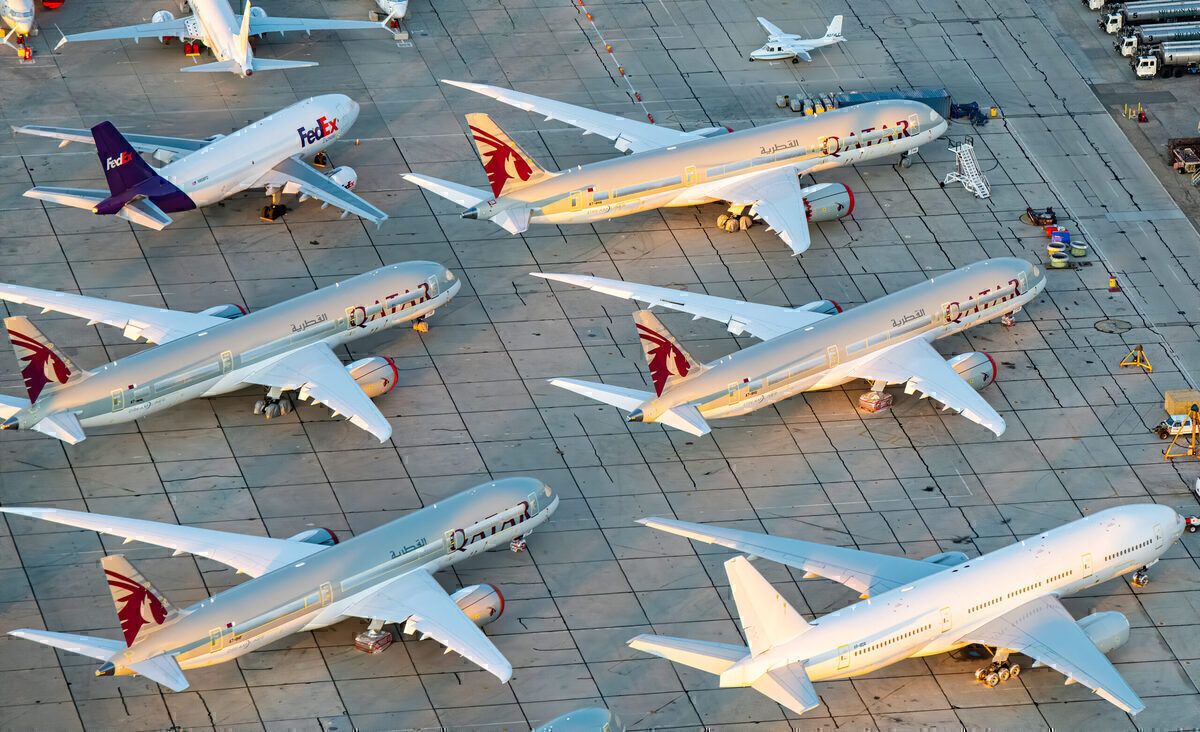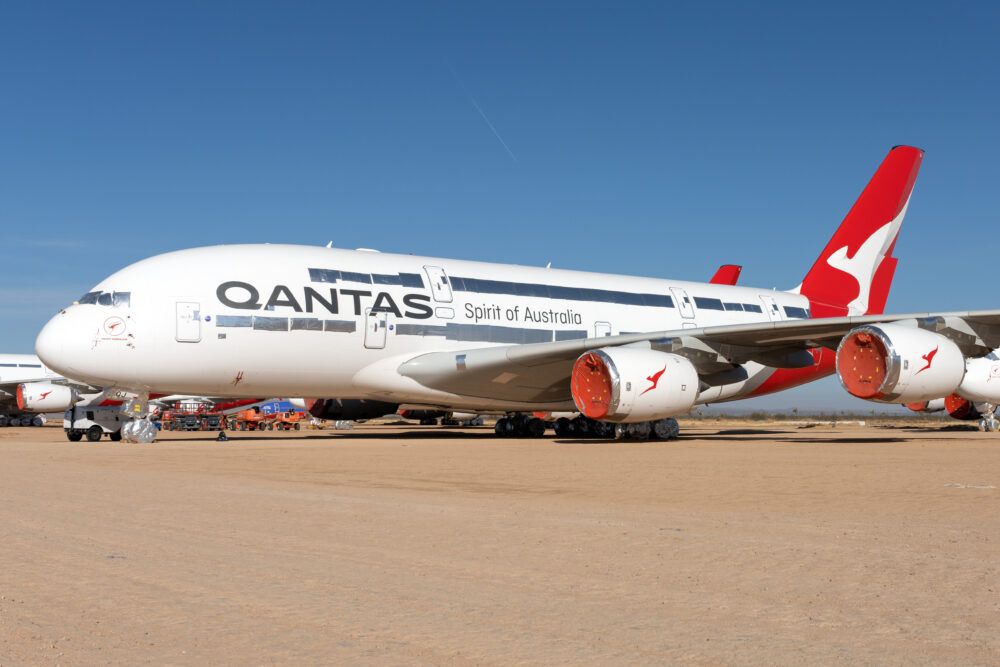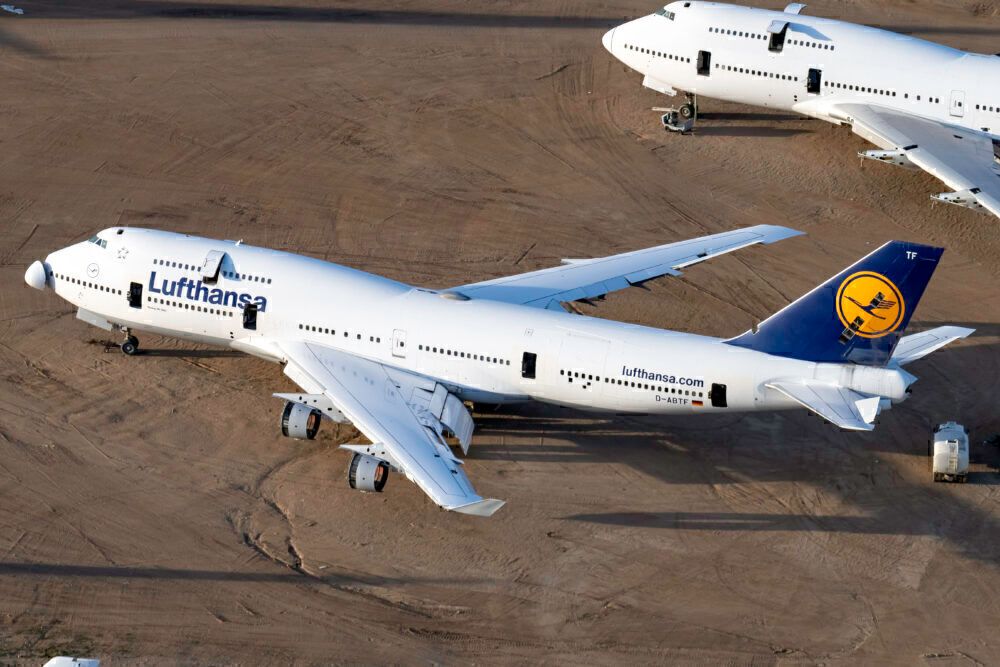The coronavirus pandemic has impacted commercial aviation on a worldwide scale. Strict travel restrictions have caused passenger demand levels to plummet over the past year, leaving airlines with comparatively little to do in terms of operating flights. As such, many carriers have sent aircraft into storage. But what does the future hold for these sleeping giants?
How many aircraft are in storage?
The effects of COVID-19 on the airline industry are well documented, with the financial difficulties brought on by the pandemic having forced airlines to downsize or even fold. On a personal level, avgeeks like you or me will have felt the frustration of having to repeatedly alter travel plans in light of new restrictions. However, perhaps the most visual depiction of the pandemic's impacts can be found at aircraft storage facilities.
At these locations, dozens or even hundreds of aircraft find themselves parked up with little certainty as to when they will return to service. Simple Flying reported earlier this month that more than 10,000 aircraft were in storage in late February. This represents an alarming proportion of the world's commercial planes, approximately one third of them.
Stay informed: Sign up for our daily and weekly aviation news digests.
These can be found all over the world, at airports both large and small. For example, Victorville can store up to 500 aircraft at once! On a smaller scale, Cotswold Airport in the UK has taken on the unlikely role of storing 15 Boeing 747s. But what fate lies ahead for these aircraft?
A return to service
For many of the world's stored aircraft, a return to service is in sight. For example, Boeing's relatively young 737 MAX family has many years of service ahead of it. Interestingly, these aircraft were in storage even before the pandemic began.
This was due to the type's worldwide grounding between March 2019 and November 2020, after two similar accidents involving it. Several airlines have now brought some of their MAXs out of storage and back into service, including four US carriers.
Some aircraft may temporarily exit storage for such purposes as internal refurbishment. For example, Singapore Airlines did this in February with one of its A380s. Interestingly, the A380 has been among the most-stored aircraft, as its surplus capacity is no longer needed.
With this in mind, Qantas placed its entire superjumbo fleet into storage until at least 2023 last September. However, there have since been suggestions that it may in fact bring these aircraft back into service sooner than expected. Ultimately, aircraft storage is an uncertain waiting game. Sadly, this game does also have some losers, as we shall now explore.
The end of the line
Aircraft storage facilities are often referred to as 'aircraft graveyards.' This is due to the sad reality that some of the planes that arrived there will never take to the skies again. Many of these mournful sites are located in deserts, as these areas have optimum storage conditions due to the lack of precipitation and moisture in the air.
The events of the last year have led to an increase in aircraft being dismantled at these facilities. This is because many carriers have used the downturn to prematurely retire older aircraft, such as the Boeing 747. In some cases, parts from the dismantled aircraft are made available as spares for other operators. As such, even when a plane can no longer fly under its own power, it is nice that its legacy can live on in the form of useful spare parts to aid maintenance.
How long do you think it will be until the majority of the world's stored planes return to the skies? Have you ever visited an aircraft storage facility? Let us know your thoughts and experiences in the comments.




